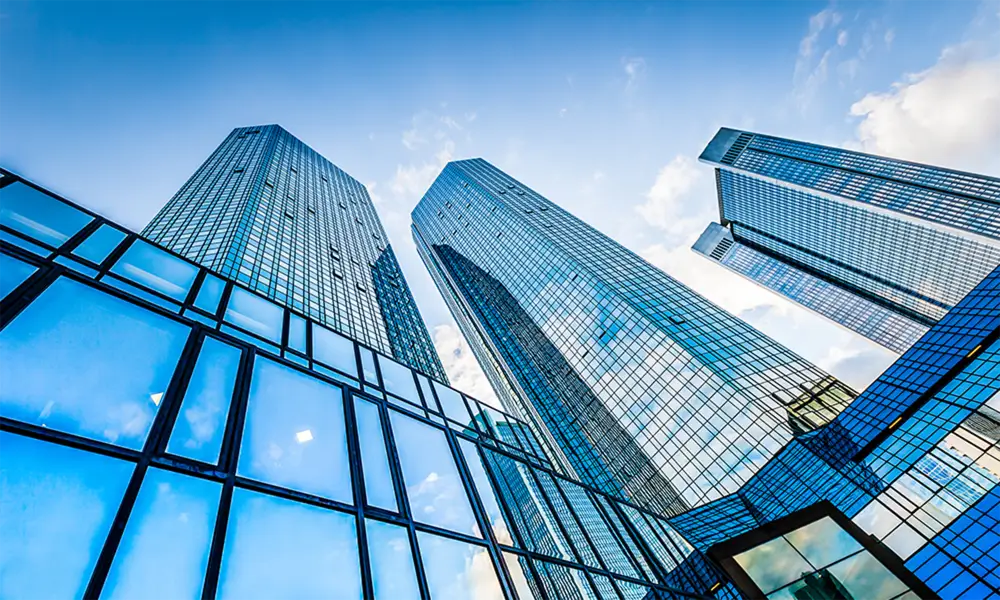

The Aesthetic and Functional Appeal of Tinted Glass Design
Tinted glass design has emerged as a popular choice in contemporary architecture and interior design, blending aesthetics with functionality. This innovative design element serves both practical and artistic purposes, making it a versatile component in various settings, from residential homes to commercial buildings.
One of the primary advantages of tinted glass is its ability to control light and heat. In bright, sunny climates, excessive sunlight can lead to uncomfortable indoor temperatures and glare. Tinted glass effectively reduces the amount of sunlight entering a space, thereby minimizing the reliance on air conditioning systems. This energy-efficient aspect not only contributes to lower utility bills but also aligns with sustainable building practices. By using tinted glass, architects and designers are able to create comfortable living and working environments while promoting energy conservation.
In addition to its functional benefits, tinted glass also enhances the visual appeal of a structure. Available in an array of colors and shades, tinted glass can complement the overall design theme of a building. For instance, darker tints can provide a sleek, modern look, while lighter tints can offer an airy, spacious feel. This versatility allows designers to experiment with different color palettes and create stunning visual contrasts that enhance the overall aesthetics of the space. Furthermore, tinted glass can help to obscure views from the outside, providing occupants with the privacy they desire without sacrificing natural light.

Another compelling reason to choose tinted glass design is its ability to reduce UV radiation. Ultraviolet rays can cause damage to furniture, fabrics, and artworks, leading to fading and deterioration over time. By incorporating tinted glass, designers can significantly diminish the harmful effects of UV exposure, prolonging the lifespan of valuable possessions and maintaining the integrity of interior spaces. This protective quality is particularly beneficial in areas where high levels of sunlight are prevalent, ensuring that interiors remain vibrant and inviting.
Moreover, tinted glass has implications for security and safety. With the advancements in glass technology, tinted glass can be manufactured to be stronger and more resistant to shattering, making it an excellent choice for both residential and commercial applications. Buildings using tinted glass can deter potential intruders while providing occupants with peace of mind. Additionally, in the event of breakage, tempered or laminated tinted glass minimizes the risk of injury, making it a safer option compared to traditional clear glass.
In conclusion, tinted glass design merges aesthetic appeal with functional benefits, making it an integral element in modern architectural and interior design. By reducing glare, controlling heat, enhancing privacy, providing UV protection, and ensuring safety, tinted glass is not merely a design choice but a practical solution for contemporary living. As architects and designers continue to explore innovative applications of tinted glass, its popularity is expected to grow, reshaping the future of building design and interior aesthetics.